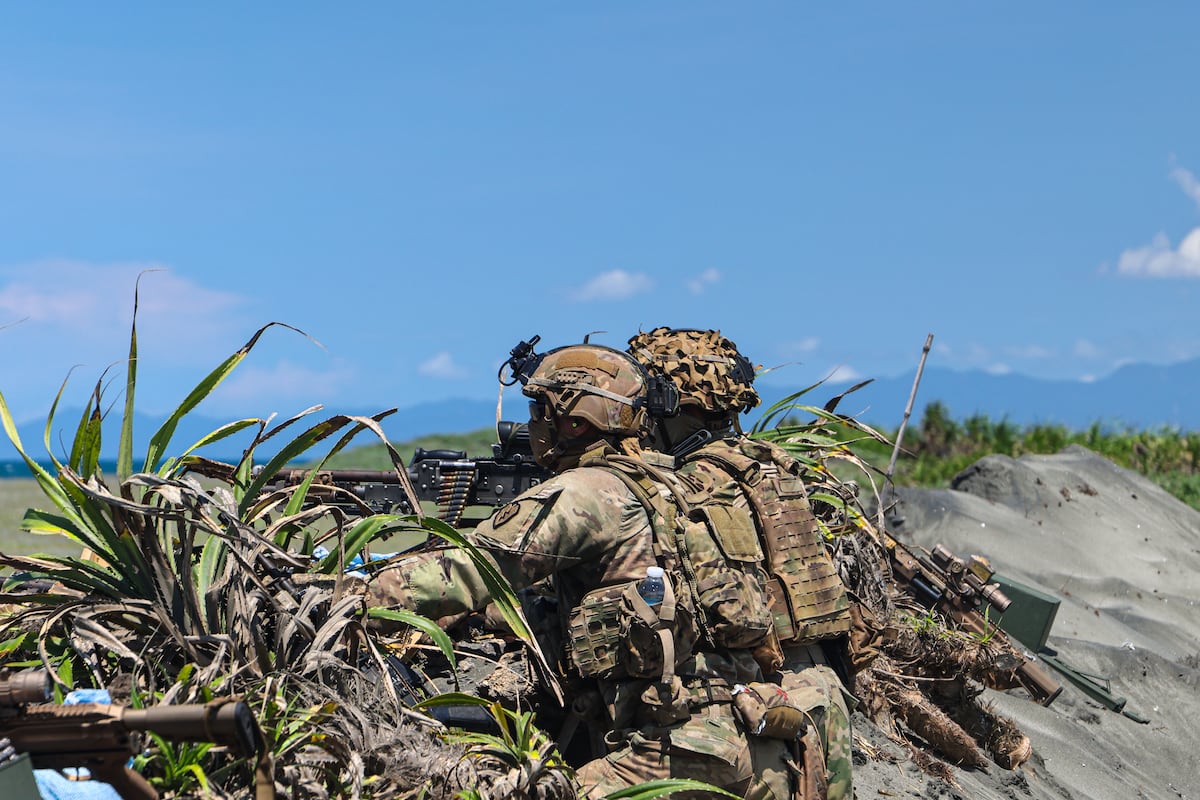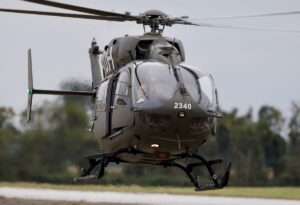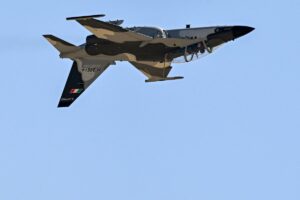25th Infantry Division Advances in Tactical Training with Philippine Forces
In the heart of the Philippines, soldiers from the Hawaii-based 25th Infantry Division are engaging in a dynamic training exercise alongside their Philippine counterparts, pushing the boundaries of military operations with cutting-edge drone technology.
The 2nd Mobile Brigade Combat Team of the 25th Infantry Division is currently deployed in the Philippines, collaborating with the 7th Infantry Division of the Philippine Armed Forces. This joint endeavor is part of the Joint Pacific Multinational Readiness Center (JPMRC) exercise.
According to Maj. Gen. Marcus Evans, the division’s commanding general, the exercise is proving challenging due to the harsh environmental conditions, including intense heat and monsoon rains, encountered in the Luzon region.
This exercise represents the second phase of the Army’s Transformation in Contact (TIC) initiative, following its initial phase in 2024. This initiative aims to modernize military formations in preparation for real-world deployments, incorporating advanced drones and electronic warfare tools.
The unit now operates drones with extended ranges, offering medium to long-range capabilities. This advancement allows soldiers to engage targets up to 30 kilometers away, a significant increase from the previous 3-kilometer range. Maj. Gen. Evans highlighted the benefits, stating, “It creates increased survivability. It enhances their ability to protect themselves with greater standoff and strike with loitering munitions or weaponized drones.”
Additionally, the brigade has integrated 3D printing technology to produce replacement parts and construct nearly 50 first-person-view drones during the exercise.
Approximately 2,000 soldiers from Hawaii and Guam are participating, matched by a similar number of Philippine troops. Together, they face a simulated enemy battalion equipped with its own advanced technology, including drones and electronic warfare capabilities.
In contrast to last year’s training where infantry squad vehicles were absent, this year’s inclusion of these vehicles has notably enhanced troop mobility and sustainability, according to Evans.
The TIC initiative initially focused on dismounted units at the brigade level, but its second phase is expanding to impact mechanized and armor formations, integrating division-level resources.
This training iteration sees the 25th Infantry Division simulating a larger force by leveraging its headquarters and division assets, such as long-range fires, providing a comprehensive training environment.
Efforts are also being made to synchronize operations between the 25th Infantry Division and the Philippine 7th Infantry Division headquarters. Maj. Gen. Evans emphasized the goal of “procedural interoperability,” stating, “U.S. and Philippine forces train sustainment, movement and maneuver together. See further, sense better and be able to strike.”
Following the initial field exercises, the units will reconvene at Fort Magsaysay, Philippines, for a combined maritime, land, and air movement over 400 kilometers into simulated enemy territory, culminating at Camp Melchor F. dela Cruz in mid-June.






